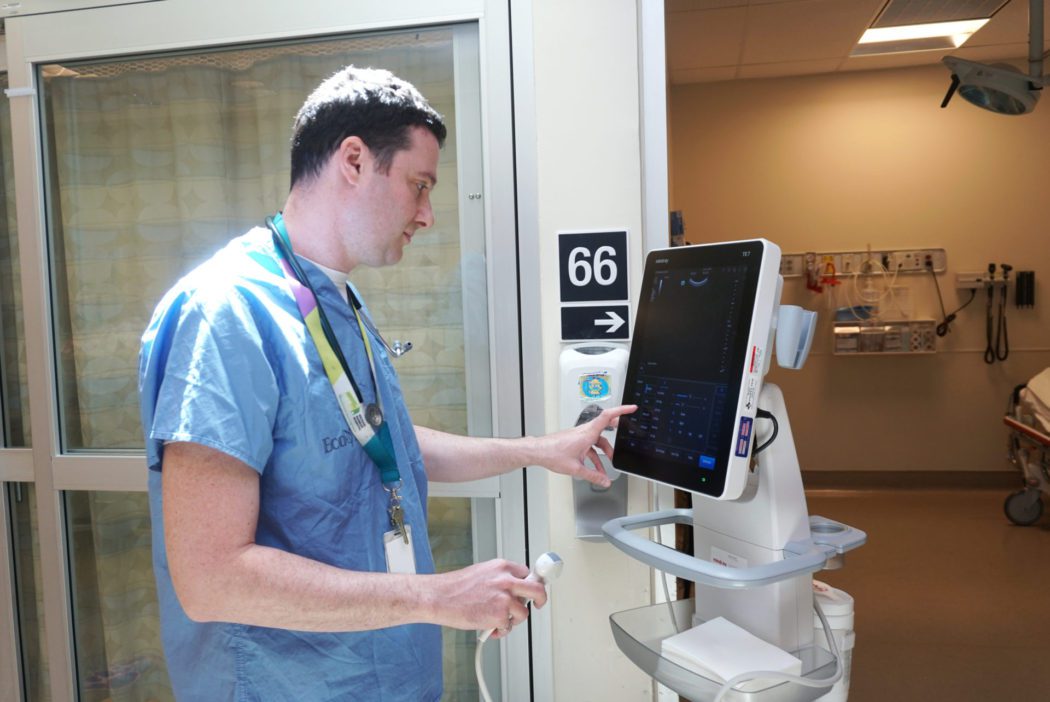While Toronto waits for marijuana legalization on Oct. 17, one doctor in East York is already taking action.
Dr. Adam Kaufman, emergency medicine physician at Michael Garron Hospital, says they’re preparing for more visits to the emergency room because the number of emergency-room visits involving marijuana edibles has already gone up.
“You have no idea how many times I hear, ‘Well, I only had one cookie,'” he says. “Usually the younger clients are the ones overdosing… they come in feeling anxious, very uncomfortable, or it’s flat-out paranoia.”
Although Kaufman says someone would have to ingest an amount equal to 20 joints in one sitting before they would be in any danger, edibles pose an increased risk because of the lack of standardized amounts and portions.
Edibles can also need two hours to start taking effect, compared to smoking marijuana, which takes 15 to 30 minutes.
“If you go to an LCBO, they print the percentage of alcohol on the bottle. You can taste it, it burns and you know it’s a lot,” Kaufman says. “Marijuana is not the same. One cookie is not a measure.”
High hospital-goers tend to be first-time users with no knowledge of what they’re ingesting. Emergency rooms treat them with a supportive care approach that consists of keeping the patient comfortable and hydrated, he says.
Attending "Not Your Granddads Weed? The Forensic Science of Cannabis" with @JGWigmore at the S. Walter Stewart Library. #marijuana #eastyork pic.twitter.com/56PSHp4RPx
— Bobby Hristova (@bobbyhristova) September 6, 2018
James Wigmore, a forensic toxicologist, saw what he says is a lack of information about cannabis legalization and developed his own talk, “Not Your Granddad’s Weed.” He spoke at S. Walter Stewart Library on Sept. 6.
“When you have it totally illegal, you don’t know what’s going on,” Wigmore says. “If a drug causes a high, it’s a bad drug… it’s much more potent and grown than before.”
In his presentation, Wigmore explains the history of marijuana, the science behind the drug, how it affects you and what to expect when it’s legalized.
He says the black market sells unlabelled cannabis products containing anywhere from six to 30 per cent THC, the ingredient responsible for the high.
Marketing and packaging for cannabis will resemble cigarettes’, listing a warning and the percentage of THC and CBD in the marijuana, although Wigmore thinks the commercialization of cannabis will be the real problem.
“No one wants to buy a high CBD product because that won’t get you the high, so everyone is going to make products with a high THC content and there’s nothing stopping younger people from walking in and buying it,” he says.
When marijuana is legalized, it will be available only on the government-run Ontario Cannabis Store (OCS) online shops until April 2019. The age restriction for marijuana will match the 19-year-old legal drinking age. Wigmore says the legal age for cannabis use should be higher or at least a different age to prevent youth from mixing marijuana with alcohol.
Don’t eat the whole cookie. Just take a nibble and wait.
—Dr. Adam Kaufman, emergency medicine physician at Michael Garron Hospital
Both experts agree that although marijuana, like any recreational drug, is unhealthy, people will still use it.
“If you do it, don’t eat the whole cookie. Just take a nibble and wait,” Kaufman says. “Do it with a friend nearby, don’t drive a car, don’t operate machinery, don’t supervise kids and don’t treat it like it’s less dangerous than alcohol. It’s not.”
Wigmore’s recommendation for someone insistent on trying marijuana is a product with five per cent THC and three per cent CBD.
Edibles won’t be legal to sell on Oct. 17, but users will be allowed to bake their own.

